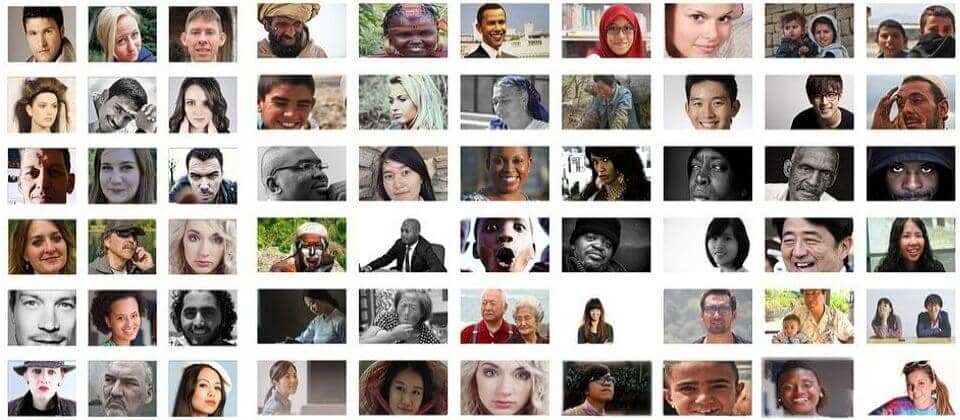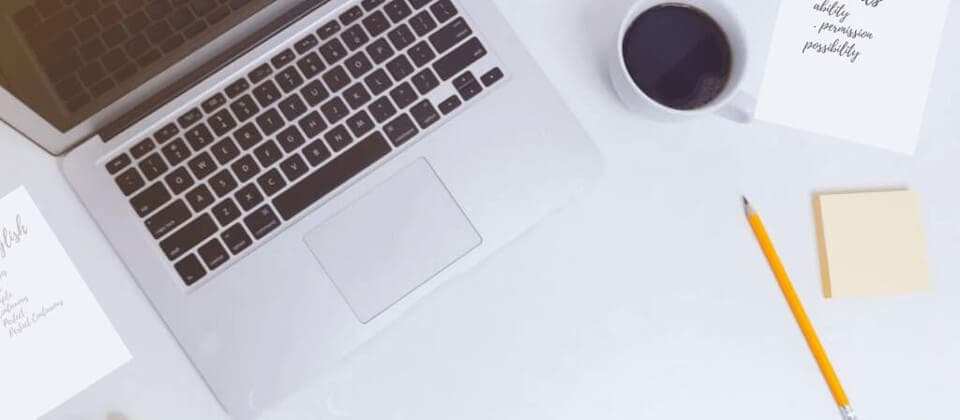Relative Clause AND Relative Pronoun Definition AND Examples
Relative pronouns and relative clauses work closely together to add additional information to sentences, and to create more complex sentences. English learners often find this confusing but here we’ll look at relative clause and relative pronoun definition and examples to break it down so it’s easier to understand.
RELATIVE CLAUSE
A relative clause is a way of giving more information about a noun.
The child, who was crying, had just fallen over.
‘who was crying’ is a relative clause – it tells us more about the child.
Revise Clauses & Sentences
RELATIVE PRONOUNS
A relative pronoun definition is that they are a type of pronoun used to introduce relative clauses and they often help to add descriptive information about a noun.
Relative pronouns include:
who – used with the subject and people only
whom – used with the object and people only
whose – to show possession
which – used only for animals, plants, things, not people
that – used in essential clauses
Beware not to be confused with Interrogative Pronouns
Examples
My uncle, who is 99, is looking forward to receiving a card from the Queen.
The capital of France, which is Paris, is a beautiful city.
My mother, whose car I borrowed, had to walk to work.
The jug, whose handle fell off, had to be thrown away.
The manager, to whom I sent the letter, didn’t reply.
Notice that no other pronouns are needed when a relative pronoun is used –
My uncle, who is 99, he is looking forward to … X INCORRECT
My uncle, who is 99, is looking forward to … CORRECT
Notice too that relative clauses are often surrounded by commas – if this segment contained in the commas were to be removed from the sentence, the sentence should still make grammatical sense.
USING RELATIVE PRONOUNS CORRECTLY
There is some confusion about some of the relative pronouns and how to use them correctly.
WHO or WHOM?
Even native English speakers get confused about when to use who or whom.
It’s become common nowadays to ignore the use of whom whenever possible. To be correct though –
who is used for the subject
whom is used for the object and usually with a preposition – often with, for, about, to, from
The friend, from whom Simon borrowed some money, is very rich.
The child, for whom the cake was bought, was having a birthday party.
If you’re in doubt about which is correct, here’s a little trick –
use who – if you can replace it with he or she
use whom – if you can replace it with him or her
THAT or WHICH?
As with who and whom above, using that and which can seem complicated or muddled.
In everyday spoken English that and which are often used almost interchangeably, however there are rules that some grammar experts (not all), consider correct usage.
To understand these we need to understand essential and non-essential clauses:
- a non-essential clause is one that if removed, does not significantly change the meaning being expressed, as we saw in the examples above contained within commas
- an essential clause is one that if removed, does change the meaning intended
that – is used with essential clauses
which– is used with non-essential clauses
Examples with which
The bike, which was stolen, was brand new.
The ice-cream, which I was eating, was melting.
If we remove the which relative clause from the sentences, we are left with:
The bike was brand new.
The ice-cream was melting.
The meaning is not significantly different from the original.
Examples with that
Drinking glasses and mugs that have chips should never be used.
Long fingernails that are unkempt look dirty.
If we remove the that relative clause from the sentences, we are left with:
Drinking glasses and mugs should never be used.
Long fingernails look dirty.
The meaning is now significantly different from the original.
Notice that the essential clauses are not surrounded by commas, unlike non-essential clauses.


